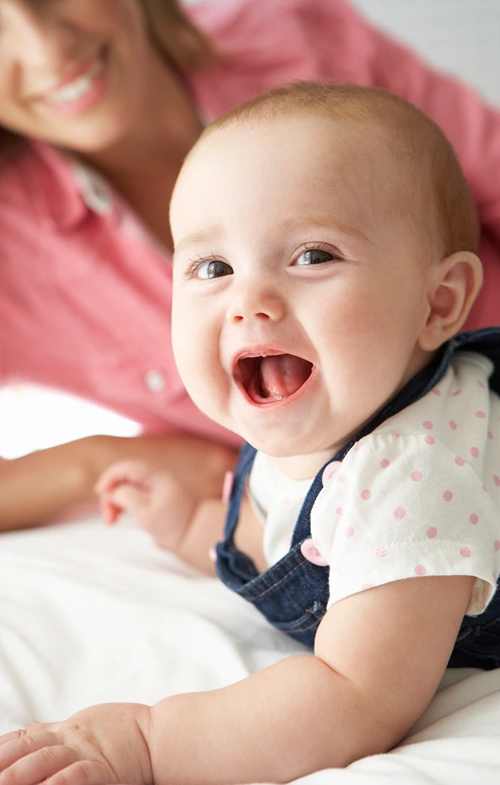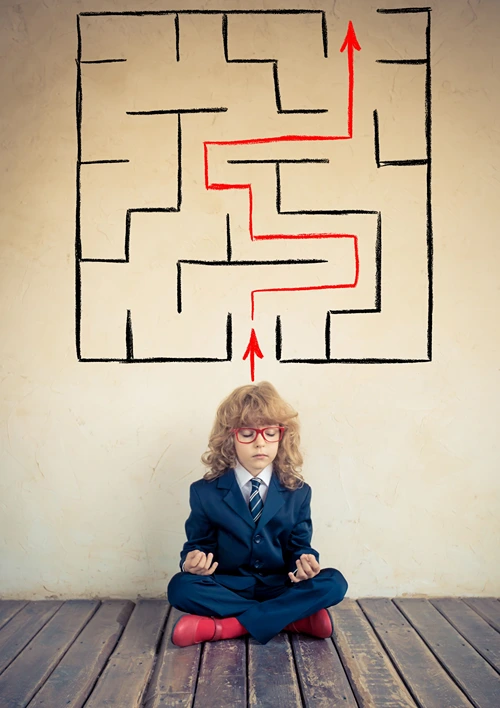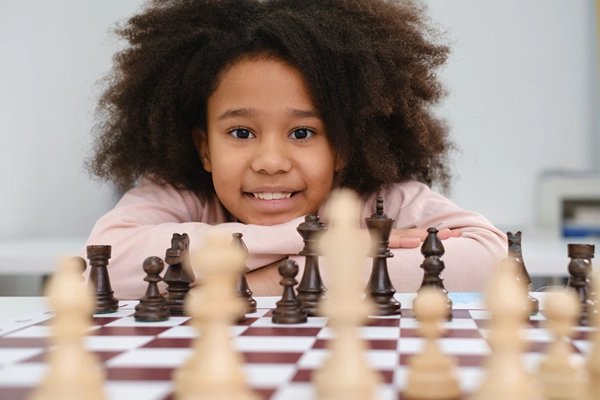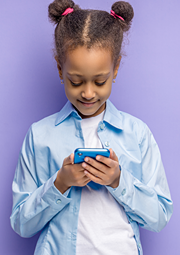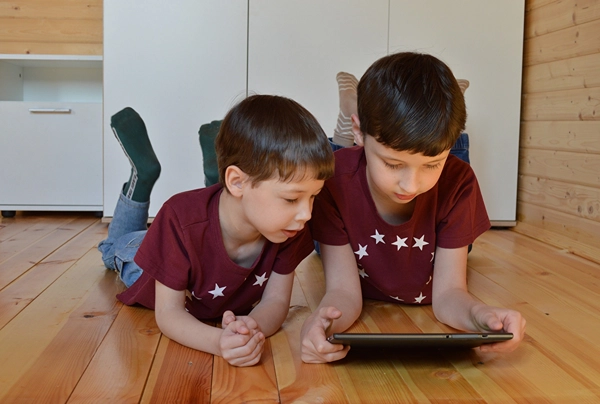Nourishing Your Baby: A Guide to the Best Start in Life
As a loving mother, you already know that providing your baby with the right nutrition in their earliest days is vital. It lays the foundation for their health, growth, and development. The way we feed our little ones during these critical months not only nourishes their bodies but also strengthens the bond between parent and child.
By focusing on a natural and nurturing approach, you can gain insights, tips, and advice to navigate this important journey with confidence.
The Benefits of Extended Breastfeeding
Extended breastfeeding is not exactly a medical term but a cultural determination. Although it is not
strictly defined, it usually refers to situations where mothers nurse their babies for more than 12 months. In reality, there is no specified moment when you should stop breastfeeding. But if you decide to continue nursing past the baby’s first birthday, here are some benefits you can look forward to:
Continued Nutrition
Even when the child starts getting most of the nutrition from solid food, it can still get calories, valuable immunities, probiotics, growth hormones, enzymes, and vitamins from breast milk. In fact, as your baby grows and develops, breast milk changes to meet its needs. For instance, research has shown that the milk from mothers who have been lactating for more than twelve months has an increased amount of energy and fat compared to the breast milk of women who have just started lactating.
Stronger Connection with the Baby
Besides nourishing the child’s body, breastfeeding also has a role in strengthening the connection between the mother and the baby. Namely, the process stimulates the release of oxytocin (the love hormone), which encourages nurturing and creates a powerful emotional bond. After all the challenges posed to mental health during pregnancy, this might be the perfect time for mothers to feel peace. What’s more, some research studies suggest that women who breastfeed for longer periods of time show more maternal sensitivity after the infant and toddler years are gone.
Improved Immune System
Breast milk contains antibodies that help fight infection. It is also rich in probiotics which can contribute to the balance of healthy bacteria in the baby’s body. Additionally, breastfeeding can lower the risk of developing obesity, stomach viruses, asthma, ear infections, type 1 diabetes, and sudden infant death syndrome (SIDS). Of course, the immune-boosting antibodies are particularly helpful once toddlers start exploring the world by sticking their hands into everything around them.
It Boosts the Baby’s Brain Development
Breastfeeding has an important role in brain development, and its effect extends to toddlers, too. According to researchers, the benefits do not come from nutrients only, but also from interactions that mothers have with their children while nursing. For example, when mothers nurse using both breasts, their babies are put in different positions so they can look and reach in various directions. Parents who bottle-feed children instinctively use their dominant hand so the baby is placed in the same position each time. Therefore, whether you bottle-feed with breast milk or formula, try to switch things up to exercise the baby’s reach and mind.
Lower Risk of Disease for Mothers
According to several research studies, mothers who have breastfed are presented with a lower risk of illnesses like ovarian cancer, type 2 diabetes, breast cancer, high blood pressure, and endometrial cancer. Also, there is more research to support the connection between a parent’s heart health and breastfeeding. For instance, some results state that breastfeeding reduces the risk of heart disease and stroke. And as you may have guessed – the longer you breastfeed, the greater the health benefits.
It’s Soothing for the Child
We already mentioned how extended breastfeeding helps the mother and the baby connect, but it is also important to state that this type of feeding helps calm a child in a stressful situation. For example, if your toddler falls and gets hurt, it can be a good way to distract and soothe the child. At the same time, you can easily check for any cuts and bruises. And while we’re talking about toddler falls and bumps, it’s also great to know that breastfeeding is not only comforting, but it may even reduce physical pain in some instances. Research shows that infants who were breastfed during blood draws and vaccination cried less and had lower pain scores than others.
The number of months you will spend breastfeeding is a personal choice, and the decision should be made based on the needs of you and your child only. So if you decide to nurse the little one longer than it is widely accepted in your culture, just remember all the benefits you’ve just learned about and keep going as long as it feels right.
Read about the essential checklist for new parents.

